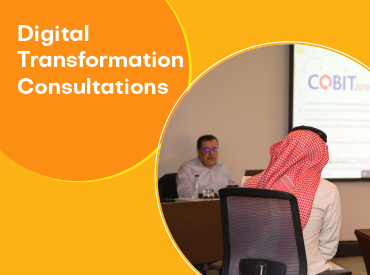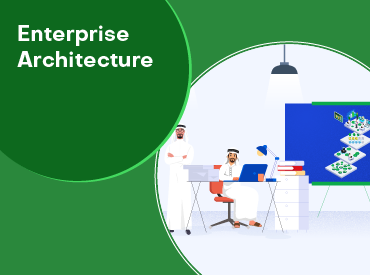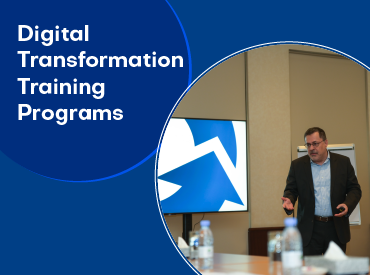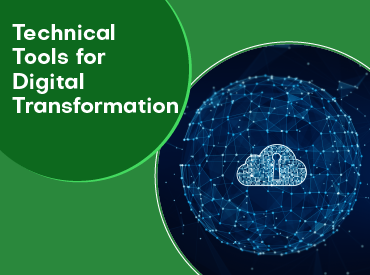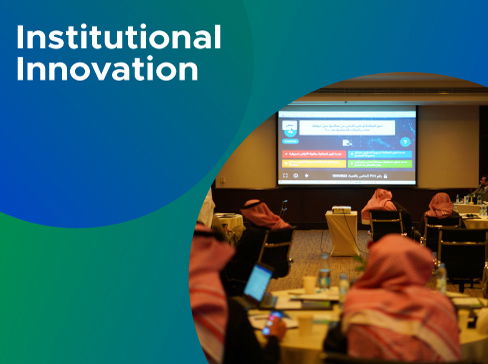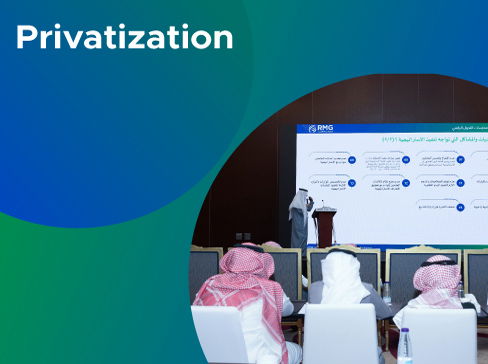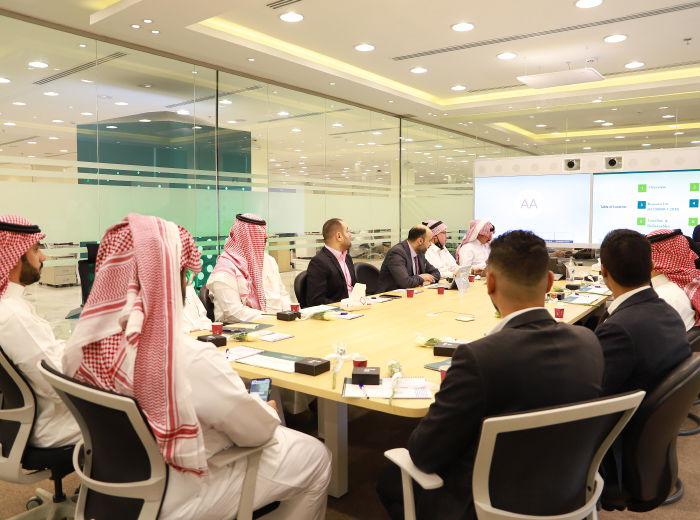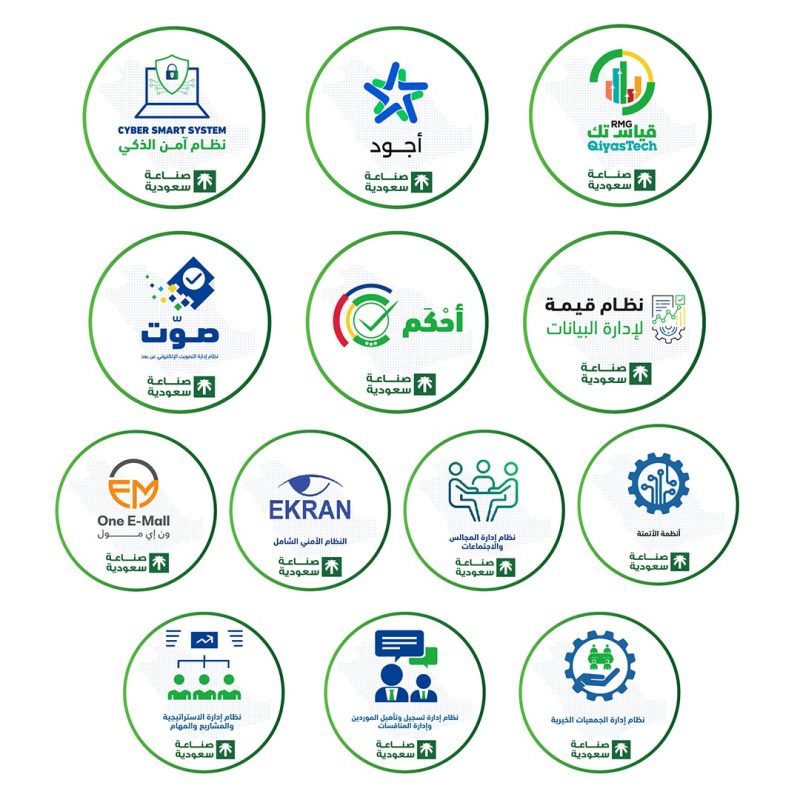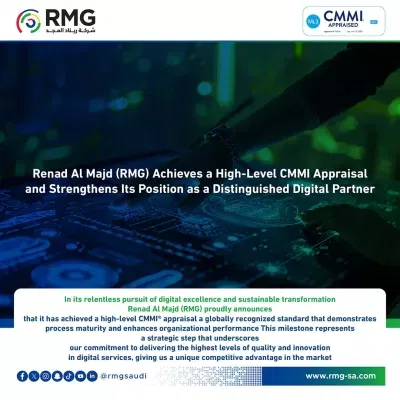Blog Body

Among the significant offices that deal with data and information management in organizations and institutions are the Enterprise Architecture Office (EAO) and the Data Management Office (DMO). Despite their specialization in data management, they operate at various levels and pursue various objectives. and the Enterprise Architecture Office in some areas, but generally speaking, they each have unique focuses and roles.
We will go into detail about the distinctions between them in this article.
Let’s define them first before moving on.
The Enterprise Architecture Office is what?
It is a component of the organizational structure that works on planning, designing, implementing, and maintaining infrastructure. It also identifies infrastructure-related needs and projects, establishes and manages work budgets, and collaborates with other organizations and businesses to develop and improve infrastructure.
What are the steps to implement an enterprise architecture?
Implementing Enterprise Architecture (EA) involves several steps and requires a systematic and collaborative approach. The following are some general steps that can be followed to implement EA:
- Establish the need for EA: The first step in implementing (EA) is to establish the need for it within the organization,This involves understanding the business goals and objectives, identifying pain points, and determining how( EA) can help address them. It is essential to involve key stakeholders in this process and gain their buy-in.
- Define the scope and objectives of EA: Once the need for( EA) is established, the next step is to define the scope and objectives of the EA program,This involves identifying the architecture domains that will be covered, the stakeholders involved, and the goals and objectives that the EA program aims to achieve.
- Develop the EA framework and methodology: The EA framework and methodology provide a structured approach to developing the Enterprise Architecture,The framework should include the architecture domains, reference models, principles, and standards that will guide the EA program.
- Develop the EA artefacts: The EA artefacts provide a comprehensive view of the Enterprise Architecture, The EA artefacts include models, diagrams, and documentation for each architecture domain.
- : EA governance ensures that the EA program is aligned with the organization’s goals and objectives, and that the architecture is developed and maintained in a consistent and standardised manner. Establishing the EA governance structure involves defining the roles and responsibilities of the EA team and the stakeholders involved in the EA program.
- Develop an implementation roadmap: The implementation roadmap provides a phased approach to implementing the EA program,The roadmap should identify the priorities and milestones for each phase, as well as the resources required to implement each phase.
- Monitor and evaluate the EA program: The final step in implementing EA is to monitor and evaluate the EA program’s effectiveness regularly. This involves measuring the program’s impact on the organization’s operations and making any necessary adjustments to the EA framework, artefacts, and governance structure.
In summary, implementing EA requires a systematic and collaborative approach that involves establishing the need for EA, defining the scope and objectives of the EA program, developing the EA framework and methodology, developing the EA artefacts, establishing the EA governance structure, developing an implementation roadmap, and monitoring and evaluating the EA program’s effectiveness.
The data management office is what?
The organization’s Data Management Office (DMO) is tasked with facilitating, coordinating, and overseeing data management activities, as well as creating, developing, and revising the data management strategic plan and adhering to all applicable local, national, and international laws and regulations.
What are the steps of data management?
Implementing data management typically involves several steps, including:
- Identify the data you need to manage: Before you can implement data management, you need to identify the data that you need to manage. This may include customer data, sales data, financial data, or other types of data that are critical to your business.
- Define your data management strategy: Once you’ve identified the data you need to manage, you should define your data management strategy. This includes determining how you will store, organize, and analyze your data, as well as defining policies around data access, security, and privacy.
- Choose the right tools: There are many tools available for data management, including databases, data warehouses, and data visualization tool, You should choose the tools that are best suited to your needs and budget.
- Implement data management policies and procedures: Once you have defined your data management strategy and chosen the right tools, you need to implement policies and procedures for managing your data. This includes defining who can access the data, how it should be backed up, and how it should be secured.
- Monitor and maintain your data: Data management is an ongoing process, so you need to monitor and maintain your data on a regular basis. This includes conducting regular backups, performing data quality checks, and updating your data management policies and procedures as needed.
- Continuously improve your data management: Finally, you should continuously improve your data management practices by incorporating feedback from your team and stakeholders, staying up-to-date on best practices, and investing in new tools and technologies as needed.
By following these steps, you can implement a data management strategy that is effective, efficient, and scalable to meet the needs of your business.

The difference between the tasks of the enterprise architecture office and the tasks of the data management office in the data layersA Data Management Office
(DMO) and an Enterprise Architecture Office (EA) may both be responsible for managing data, but the primary focus of a DMO is on managing data, while the focus of an EA is on matching technologies and business processes to the strategic objectives of the organization. The responsibilities of the data management office are more effective, while the responsibilities of the enterprise architecture office are more strategic.
The primary mandate of a Data Management Office is to manage an organization’s data assets, including the collection, storage, analysis, and reporting of data. The DMO is responsible for defining the standards and policies for data management, ensuring compliance with regulations and laws, and managing the quality and security of data. The DMO is also responsible for providing guidance and support to business units in the development and implementation of data-related initiatives and projects.
On the other hand, the primary mandate of an Enterprise Architecture Office is to provide strategic leadership and guidance to ensure that an organization’s technology and business operations are aligned with its overall goals and objectives. The EA Office is responsible for defining the enterprise architecture framework, developing and maintaining the enterprise architecture artifacts, and collaborating with stakeholders to ensure that the enterprise architecture is aligned with the organization’s strategic objectives. The EA Office is also responsible for providing guidance and recommendations to the organization’s leadership team on technology strategy, enterprise-wide initiatives, and investments in new technology solutions.
While the DMO and EA Office may both be responsible for managing data, the DMO’s primary focus is on data management, while the EA Office’s focus is on aligning technology and business operations with the organization’s strategic objectives. The DMO’s responsibilities are more operational, while the EA Office’s responsibilities are more strategic.
The mandate of a Data Management Office (DMO) and an Enterprise Architecture (EA) Office may overlap in some areas, but they have distinct focuses and responsibilities.
A Data Management Office is typically responsible for the management and governance of an organization’s data assets. This includes tasks such as defining data standards, ensuring data quality, establishing data policies and procedures, and managing data integration and sharing. The primary focus of a DMO is on the effective management and governance of data to support the organization’s business objectives.
An Enterprise Architecture Office, on the other hand, is responsible for developing and maintaining the enterprise-wide architecture framework and methodology. The focus of an EA office is on ensuring that the organization’s business operations and technology solutions are aligned with its overall goals and objectives. The EA office is responsible for defining the architecture domains, reference models, and principles that will guide the EA program, and for developing and maintaining the EA artifacts that provide a comprehensive view of the Enterprise Architecture.
In summary, while there may be some overlap in the responsibilities of a DMO and an EA office, their mandates are fundamentally different. The DMO is focused on the management and governance of data assets, while the EA office is focused on the development and maintenance of the enterprise-wide architecture framework and methodology
Conclusion
This infrastructure can be the infrastructure for building infrastructure and infrastructure methodologies. More information from government advice and facilities is available through government consulting on this subject through Renad Al Majd Company for Information Technology.



